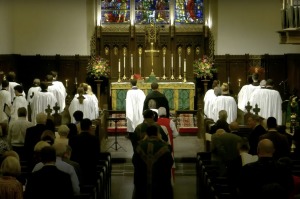Scientist Detect Hidden Chamber Hidden Inside the Great Pyramid Using Cosmic Ray Particles
Scientists have discovered what could be a previously undiscovered chamber inside the Pyramid of Khufu, the largest of the Great Pyramids of Giza in Egypt. Research teams have used muon detectors as a new way to examine the structure of the landmarks non-invasively.
These muons are particles that come about as a result of cosmic rays hitting the Earth's atmosphere. These particles hit the planet at velocities close to the speed of light, and they can penetrate massive objects, as a result.
Using the traces left by these particles, physicists were able to find clues about a huge, unknown void inside the 4,500-year old pyramid, according to Nature.
This hollow area inside the biggest pyramid in Egypt is of yet unknown dimensions or shape, for that matter. Mehdi Tayoubi, co-director of the ScanPyramids project that conducted the survey, described the vague results they obtained so far with the new technique.
"We don't know if it's a chamber, a tunnel, a big gallery or things like that," he said, adding that they "have chosen the word 'void' and nothing else because we don't know what this void is."
All they know so far is that this relatively hollow structure high off the base is about 100 feet long, roughly the same as the height of the Statue of Liberty when measured from heel to her crown, according to the New York Times.
The Pyramid of Khufu, named after the pharaoh who had it built in his reign from 2509 to 2483 BC, is the oldest and largest of the Egyptian pyramids standing today. It is also somewhat unique in that it has several large rooms arranged inside its body, unlike other pyramids that were simple stacks built on top of underground burial chambers.
One possible orientation of the void places it parallel to the Grand Gallery, "one of the most fantastic rooms constructed in the ancient world" according to Bob Brier, an Egyptologist at Long Island University in New York.




























